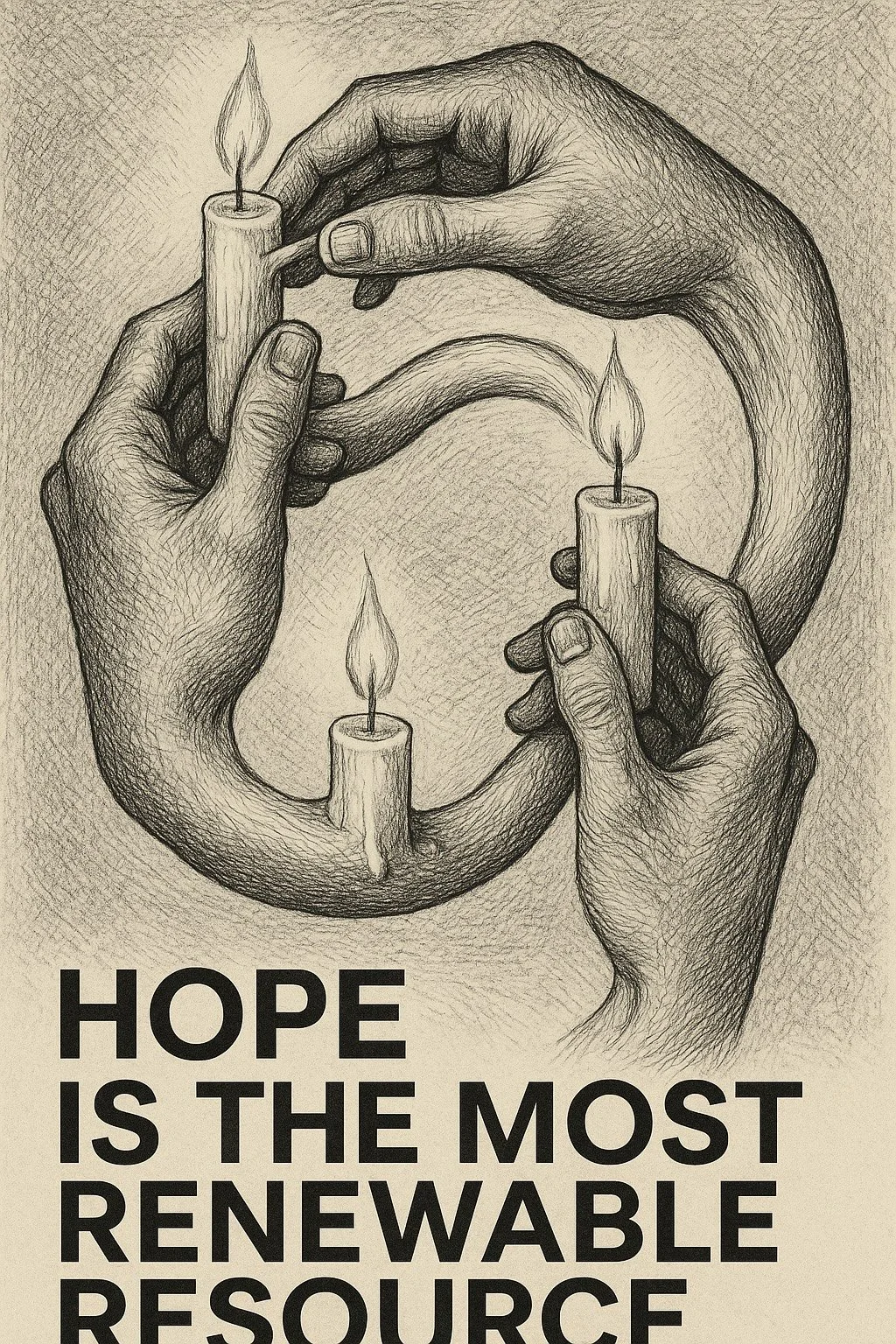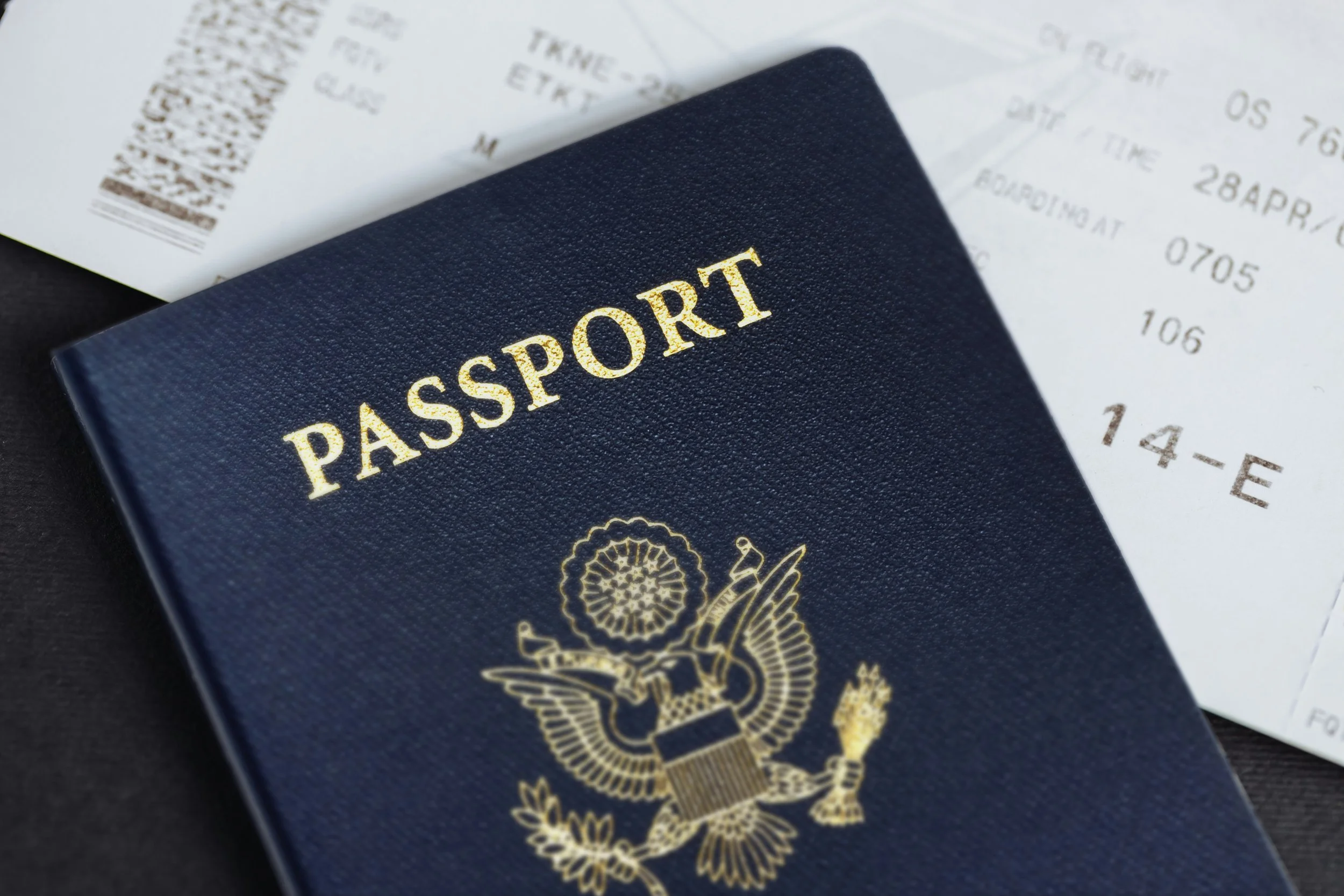Marketing at the Fringe: Everyone Has Theories. No One Has Data.
If you go to the Edinburgh Fringe, you’ll see marketing everywhere. Posters plastered across damp stone walls, flyers shoved into your hands on the Royal Mile, performers standing outside their venues in costume, begging you to come to their show.
It’s relentless. And it works. Sort of.
I’ve now done the Fringe three ways: first as a punter, then with a full solo show, and most recently with a work-in-progress (I was also a reviewer this last August). Every year I learn more about how this festival actually functions, and one thing keeps surprising me: no one actually knows what works.
The Data Desert
They say the average audience size at the Edinburgh Fringe is six. That’s right—six people. And that’s if you’re trying.
With nearly four thousand shows competing for attention, it’s a miracle anyone shows up at all.
Generally, artists rely on some combination of posters, flyers, targeted social media ads, and maybe a PR campaign to get reviewers and press coverage. But the truth is, there’s no reliable way to measure what’s effective.
You don’t know if your £700 worth of Out of Hand posters brought anyone in. You won’t know if your flyering convinced anyone to show up. You can run Instagram ads, sure, but even if you see clicks, you’ll never know how many of those turned into ticket sales—especially if you’re on the Free Fringe, where payment happens after the show in the form of cash or card tips.
Everything is anecdotal. Everyone swears by a different method.
Unlike digital marketing, there’s no conversion funnel. No way to track your effort. No neat little dashboard telling you what worked and what didn’t.
Years ago, I worked at Groupon when it was still new and exciting. The entire pitch was built on measurability—we could tell businesses exactly how many people opened, clicked, and purchased. And it only cost them money when someone actually bought. The Fringe has none of that. You’re flying blind.
So, how do you calculate the potential ROI of these marketing methods? Let’s look at them one-by-one, and then consider some other factors.
Posters, Flyers, & Social Media: The Psychology of Impressions
We do know that repeated exposure helps. If someone sees your poster image enough times, it sticks in their brain. Maybe they start feeling curious. Maybe they buy a ticket.
But in a city with nearly 4,000 shows in less than one month, what does “enough times” even mean?
Audiences come in all types. Some book every show before arriving, so no amount of on-the-ground marketing will reach them. Others wander freely, choosing based on instinct or location. Those are the people most likely to discover you by accident, but they’re also the hardest to predict.
It helps to think of marketing a Fringe show as a three-pronged approach:
1. The physical landscape – posters and print media
2. The digital landscape – social media and online advertising
3. The interactional landscape – human connection through flyering
Each has value. Each is flawed.
The physical landscape includes putting posters up all around town. To do this, you need to pay a company called Out of Hand, as they manage all the outdoor advertising. This can get pretty expensive—easily thousands of pounds for decent coverage. You can also put up posters yourself in local businesses. Doing this is basically an umbrella approach where just about anyone can see your posters, but it’s not targeted.
The digital landscape covers social media. This is wise since (sadly) people spend more time looking at their phones than their physical environment. Most artists promote their own work on their social media accounts. Some also pay these companies to send targeted ads to their audience demographic. What’s nice about this approach is that you can have different ad campaigns running and see which one gets the most traction. This can have a leg up over traditional print advertising because your approach can be more dynamic—you can use the data in real time to make the campaign more effective, whereas once your Out of Hand posters are up, that’s it.
The interactional landscape is flyering. You can approach strangers all day long and tell them about your show, and give them a flyer to remember it. You can customize your pitch to whoever you’re speaking to so it lands harder. The human touch goes a long way. When you connect with potential audience members on a personal level, they’re more inclined to check out your show. But, maybe fifty other people a day will do the same, so you still need to manage your expectations, and your energy levels.
The PR Gamble
Of all the marketing expenses, PR is the riskiest. It can be very effective—but you pay for that effectiveness.
Hiring a publicist for the Fringe might cost you $3,000 or more. Not all people claiming to be publicists actually are, and I’ve heard nightmare stories of artists getting scammed. Even if the PR is legit, only a few publications can still move tickets (like, say The Guardian or The Scotsman), while the rest can’t. So, these campaigns are often more about future value—getting reviews you can later quote on posters or tour materials—than about filling seats in the present.
It’s a crapshoot. A lot of people pay for PR because they want to feel like they’ve done everything they can. But even glowing write-ups don’t always bring crowds. It’s nice to be acknowledged, but if that recognition doesn’t translate to ticket sales, it’s mostly an ego boost.
The Venue Effect
Venue geography matters more than people realize. Some audiences make entire days out of staying in one area, like Summerhall, Pleasance Courtyard, or Bristo Square. I do this myself. I trust the curators in those spaces, so I’ll just hang around and see their shows.
If your venue has that kind of built-in ecosystem, you benefit from its gravity. If you don’t, you’re fighting upstream.
Free Fringe acts get their own version of this around the Counting House cluster, where audiences actively seek out free and pay-what-you-can shows. It’s smaller, scrappier, but fueled by people who want to discover something new.
The Genre Problem
Certain types of shows just sell better. Comedy dominates the Fringe—it’s what audiences expect. Especially now, when the world feels unstable and exhausting, most people go to shows to lighten their mood.
Storytelling shows, theatre pieces, or anything that deals with heavy subject matter? Those are harder sells unless you’re already known.
The irony is that some of the best work I’ve seen in Edinburgh—dark, layered, genre-bending storytelling—plays to five people in a room. They just can’t get an audience. My favorite shows are often the emptiest ones.
As one seasoned artist told me, “In times like these, people don’t want to think. They just want to laugh and escape.”
I think that’s true, and tragic. The most interesting work right now is also the hardest to sell.
The Emotional Math
Marketing at the Fringe is a paradox. You’re trying to get noticed in a city where everyone’s trying to get noticed. You spend hundreds or thousands on posters, PR, and ads, and still stand in front of your venue wondering if anyone will come.
The only thing that reliably works is word of mouth, but to get that, you need an audience first. It’s a circular problem that drives people mad.
The best advice I’ve heard is: Know your niche. Market to the people who would love your show so they can actually find it.
In Conclusion…
Marketing at the Fringe is chaos. There is no one strategy that works for everyone. For most of us, it’s like throwing postcards into a tornado. You do it anyway because inevitably, some of them land exactly where they need to.
Every year, I swear I won’t do it again. And every year, I find myself designing another poster.
Hope, apparently, is the most renewable resource at the Fringe.
(I suck at drawing. ChatGPT executed on the concept.)







